Inlays, onlays and crowns are called indirect restorations, because the restoration is fabricated outside of the mouth, instead of being built in layers directly into the teeth like a filling. The dentist takes impressions of the teeth, then the restoration is shaped to match the part of the tooth it will replace. The restoration is attached with dental cement.
An indirect restoration is an inlay if it covers part of a tooth, without extending to a cusp (pointed tip of tooth). It is an onlay if it extends to replace a tooth’s cusp. And if it complete covers the top surface of the tooth, it is called a crown or cap.
Inlays, onlays and crowns are more effective than fillings in reinforcing teeth to withstand biting forces, and more resistant to further decay. If a tooth’s original structure is too compromised to support a filling, these indirect restorations can provide fantastic, long-lasting, beautiful results.
To make these indirect restorations more esthetic, a porcelain layer, colour matched to your adjacent teeth is baked onto these restorations.
There are metal free indirect restorations which are done to give maximum esthetic appearance by allowing light to pass through because they are translucent in nature.

